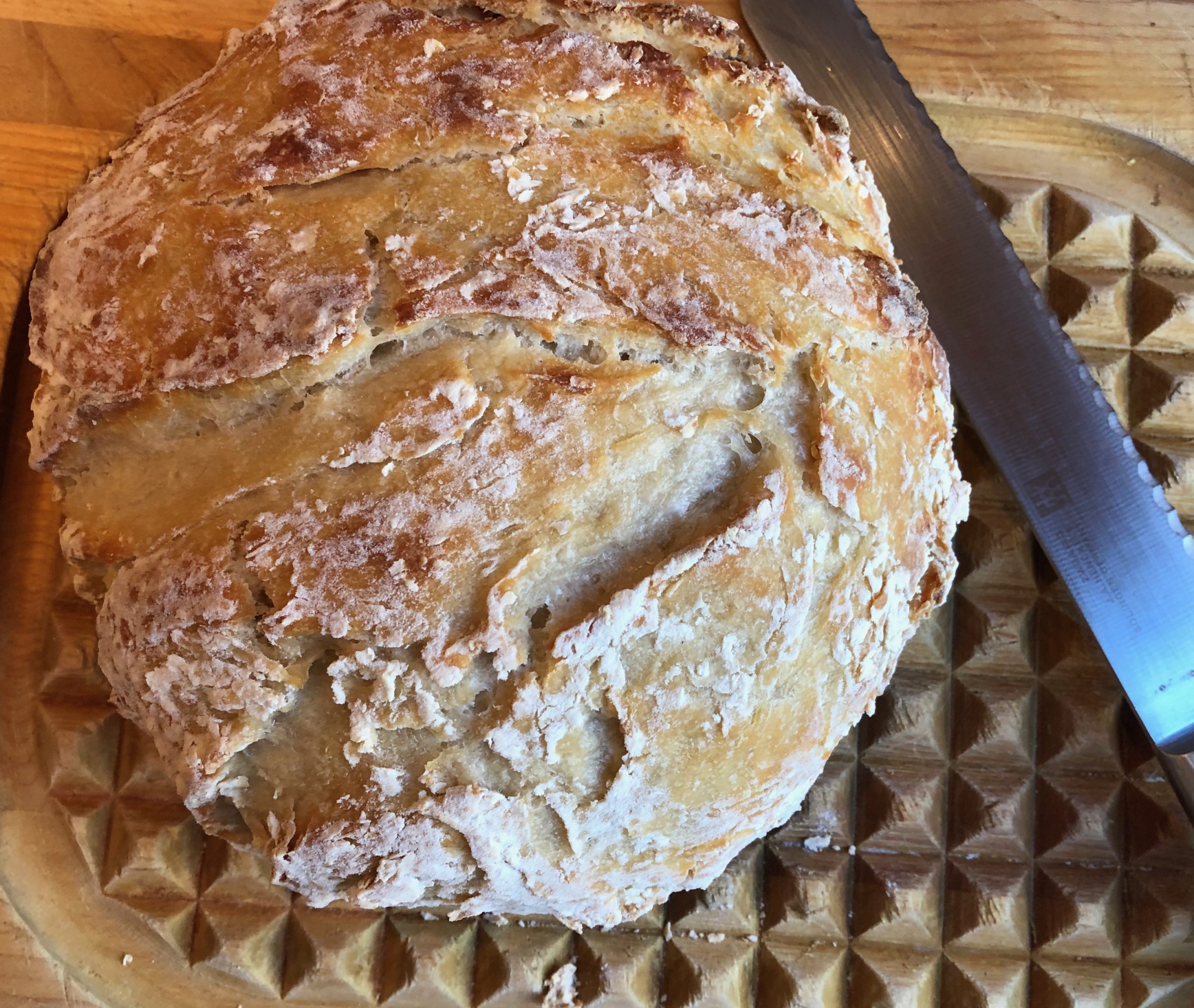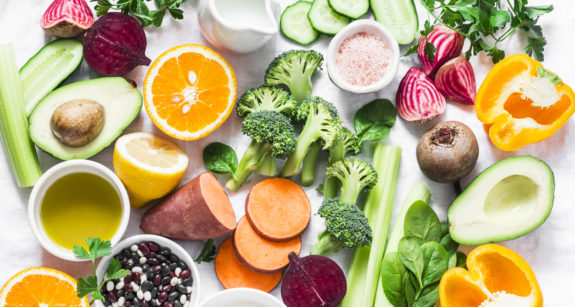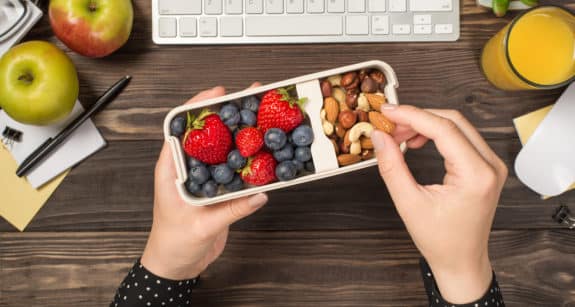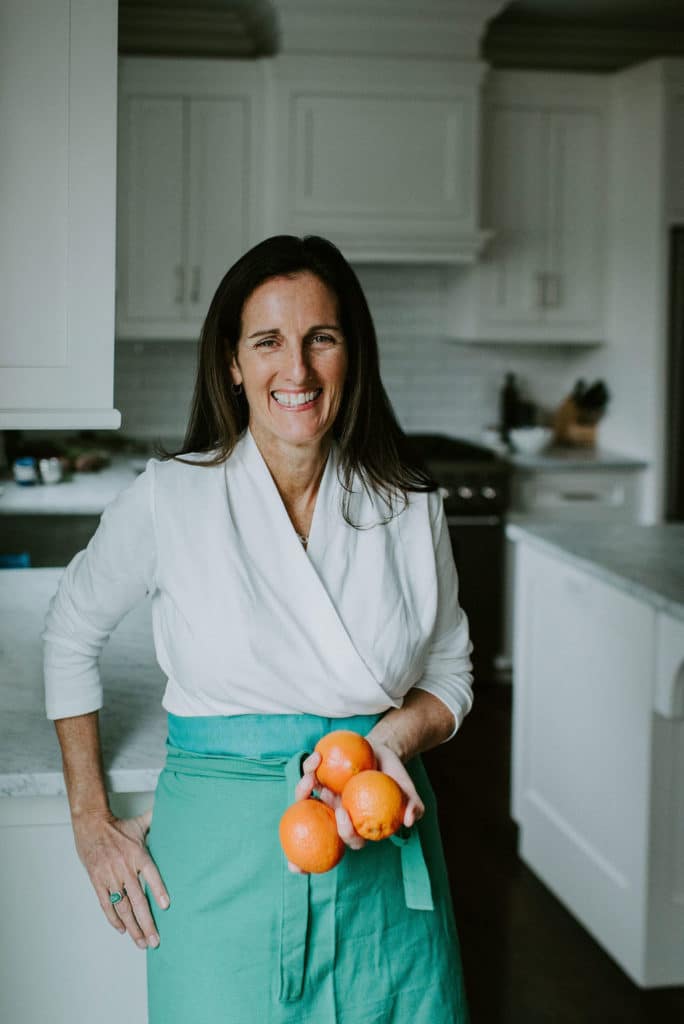I never thought that when I acquired my first sourdough starter years ago from a friend that, fast forward, that baking with it would become so popular.
Just one more surprise coming out of the whole Corona experience.

In our (former) very busy worlds, making sourdough bread taught me a lesson in patience and perseverance. Sourdough starter acts like the “yeast” in bread, helping it to rise, but the process takes time. Hours of time. Waiting for the dough to do its thing on your counter. So you need to wait, just wait, for the magic to happen.
Let’s Start at the Beginning

What is sourdough starter anyway? To make that iconic tangy traditional loaf of sourdough bread, it all starts with a healthy starter. Sourdough starter is made from humble beginnings – a ratio of flour and water. When you begin making the starter, it captures wild yeast from the air and incorporates it into its mix, combining it with lactic acid to ferment.
As you keep adding flour and water, the mixture ferments (as you can see in the bubbles rising to the top) and becomes a living, breathing mixture of sour bacteria, that you then use in place of traditional yeast to help bread rise. There is enough science and tradition behind sourdough that I could write a whole book about it (actually, there have been books written about it). The result is a tangy, hearty bread.
Once you have your starter, you can share it with friends and family, so they can get their own sourdough starter up and running. I got my first starter from a friend and over the years have gotten starters from other places such as San Francisco, Wyoming and Vermont. It’s fun to try out the different strains, each having a distinct taste.
Ready to make your own? You can follow the step by step directions to make your own starter HERE. Once you have your starter, you can start making bread.
Now It Gets Personal

Your sourdough starter needs to be healthy and bubbly, and that takes care and feeding. Think of it like having a goldfish in the house. You don’t need to be watching over it around the clock but you do need to check in with it once or twice a day. When I am not baking regularly, my starter stays in a glass container in my refrigerator. Once I am ready to bake, I take it out of the refrigerator and place it on my counter with the lid partially covering it. Once a day I will dump about 1/4 of it out, and then add in more flour and water to feed it. This process of dumping and feeding is good for the health of your starter. You should also see active bubbles on the top.
I have tried many recipes over the years and I keep coming back to my one tried and true recipe that I created years ago. You can find that HERE.

Homemade sourdough bread is thought to be a healthier alternative to regular bread (as well as store bought sourdough bread, which may not be a traditional sourdough) because of the fermentation process it goes through. It is thought to be easier to digest and more nutritious due to a decreased phytate content from the lactic acid (phytates draw essential minerals out of certain foods).
Let me know how your first loaf of sourdough turns out in the comment below!




